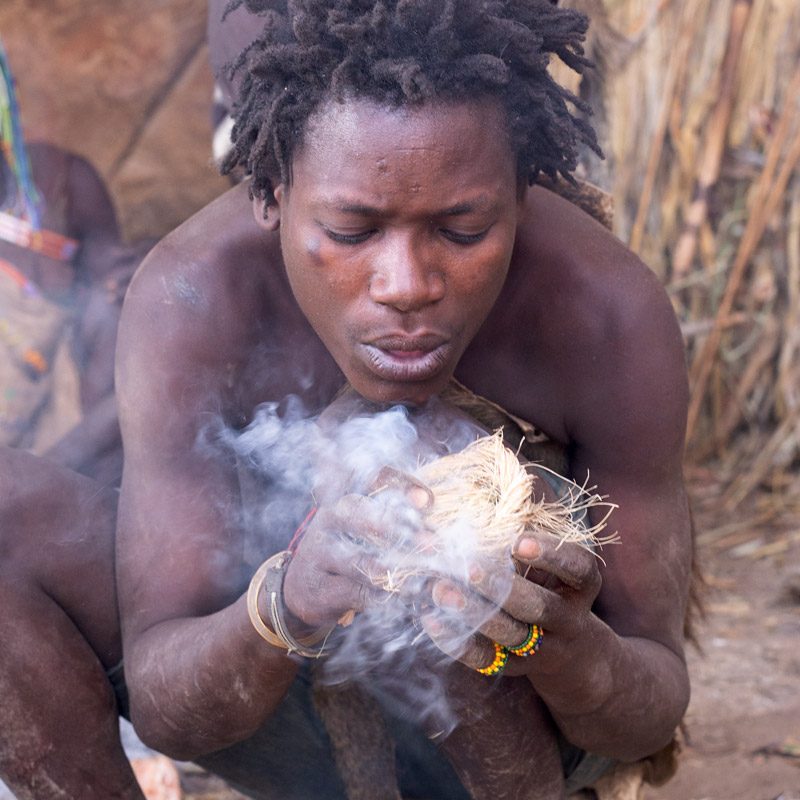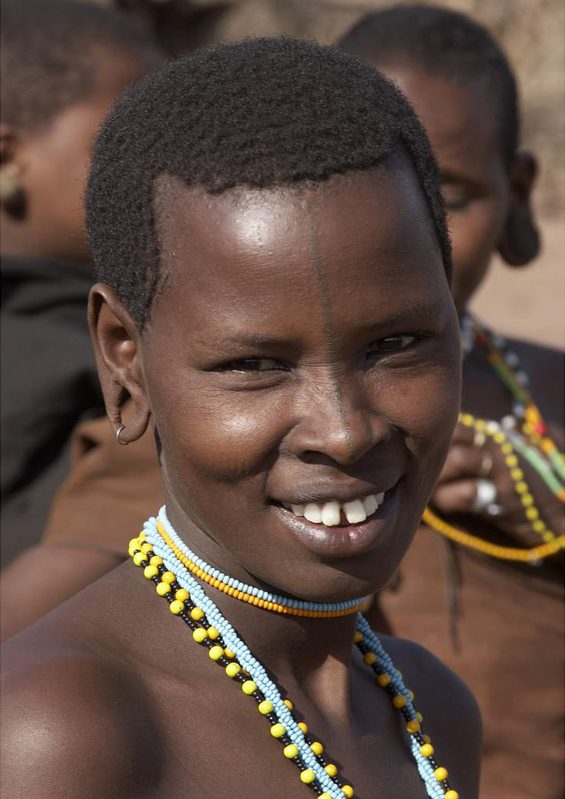Discover the highlights of this trip to Tanzania
► We will meet the most traditional tribes in Tanzania
Masai tribe
We will have the opportunity to meet the Masai near Lake Natron. This area is the centerpiece of the Maasai's traditional homeland, where they pass on stories and lessons to generations through songs, dances and cultural traditions.

Batemi tribe
The Batemi tribe is known for their use of irrigation systems in agriculture and for preserving the remains of terraced villages. We will meet the village chief and elders and admire the specific appearance of this unique village. Young men tend to imitate their Maasai neighbors, but the women have their own unique style of dress and hairstyles.Datoga tribe
The Datoga themselves blend in with their surroundings, and their clothing is the color of the reddish-brown soil. Only upon closer inspection will the colors of their reddish, patched leather dresses, bead work, and brass bracelets and necklaces emerge. The Datoga tribe stands out for its tattoos and scarifications of circular patterns around the eyes.

Hadzabe tribe
They are considered one of the last ethnic groups of hunter-gatherers in Africa, consisting of approximately 1,300 members. The Hadzabe tribe speaks a unique language known as Hadzane, which incorporates some clicking and popping sounds. According to their own history, which they preserve through oral tradition, the Hadza have lived in their current environment, bordering the Serengeti plains, since their earliest days as a single group. This is relatively close to where Homo habilis, one of the first hominids, lived 1.9 million years ago. Genetically, the Hadzabe are one of the oldest lineages of contemporary humans.

Wataturu tribe
The Wataturu, related to the Datoga, are one of the most traditional and conservative tribal groups in Tanzania. They live separately from the rest of society and retain their tribal identity to this day. The women of the Wataturu tribe wear black sheets and decorate their earlobes with aluminum earrings. They also tie copper wire around their ankles to make their walking slower.

Sukuma tribe
The Sukuma tribe is famous throughout Tanzania for its innovative dance styles. Dancers continue to perform in annual competitions, creating new costumes and using dances new and old, just as their ancestors did over a hundred years ago. We will organize some traditional dances to observe the unique clothing worn on these special occasions.

Gorwaaa Tribe
The Gorwaas are mainly farmers, although they also raise small flocks of sheep, goats and zebu cattle. All forms of modern faith are strongly influenced by traditional beliefs, many of which coexist with these new religions. We will meet some elders and learn about the culture and traditions of the Gorwaa tribe.► We will discover the unique ecosystems of Tanzania
Lake Natron
Lake Natron, located in the Great Rift Valley of Africa, stands out for its brilliant pink waters. In addition to its striking color, the lake is also hypersaline, meaning it is supersaturated with salt. Despite serving as the largest breeding site for the critically endangered lesser flamingo, this is the deadliest lake for animals and birds.Lake Eyasi
Lake Eyasi is a seasonal, shallow, salty lake in northern Tanzania. In this area, you can see a wide variety of bird species, as well as hippos when the lake is full. In the surroundings of Lake Eyasi you can find some specimens of baobabs and tall palm trees.

© Photographs by Lluís Font, Maria Dolors Solé, Aníbal Bueno and Xavi de las Heras taken on a trip to Tanzania.
► ► Download the itinerary for this trip to Tanzania
Click on the button below to easily access the download form for the itinerary for this trip to Tanzania.









